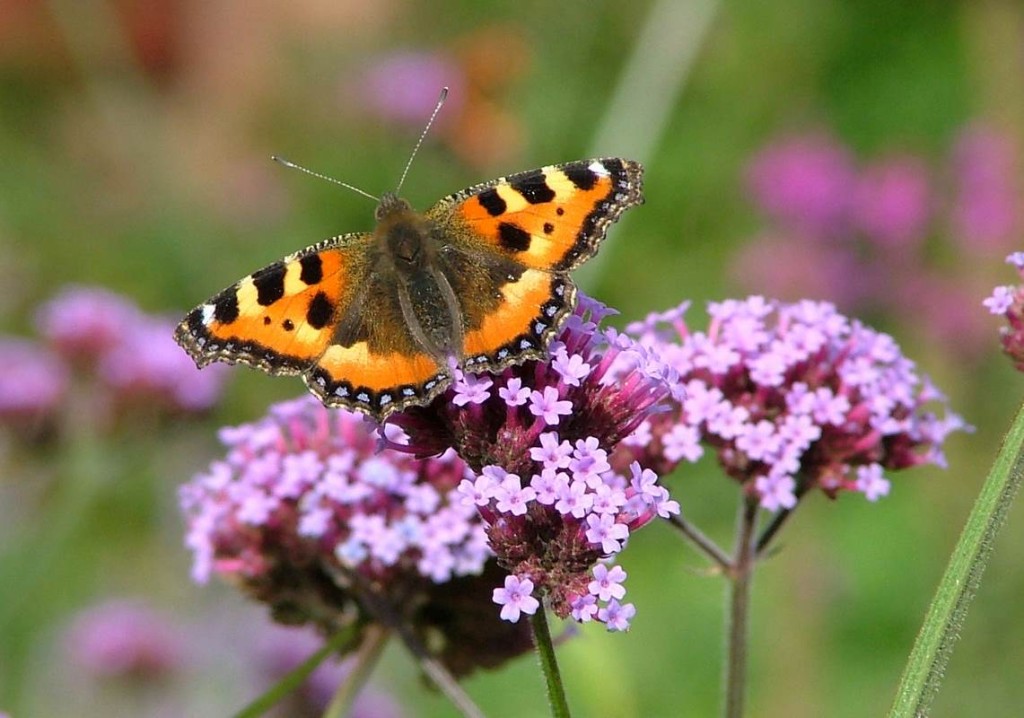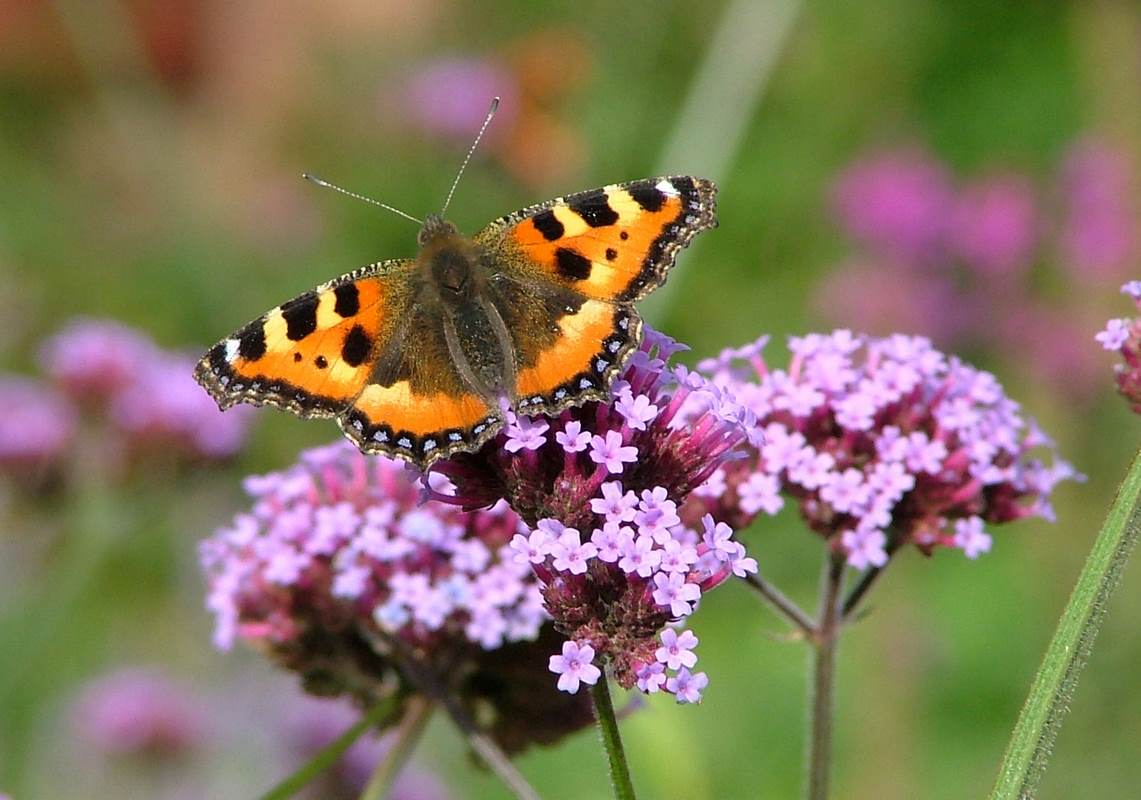
Britain’s butterflies are bouncing back thanks in largest part to Britons’ gardens providing a safe haven, a new report reveals.
The study was the first to look at butterfly trends in UK gardens separately from those in the wider countryside and found that half of the 22 species of butterflies surveyed experienced a faster population increase in gardens than in other habitats between 2007 and 2020.
The study was conducted by the British Trust for Ornithology (BTO) and was carried out by nearly 8,000 volunteers in the BTO Garden BirdWatch scheme, which records other garden wildlife in addition to birds on a weekly basis.
They found numbers of marbled white and large skipper butterflies both grew by more than 200%, while those of the holly blue, small skipper, ringlet, brimstone, and orange-tip grew by 100%.
Although usually found in grasslands, marbled whites, large skippers, and small skippers have recently expanded their range in the UK.
Their increases are markedly greater in gardens but isn’t clear why these and other species are doing so well there. One theory is that gardens are providing refuge and feeding opportunities.
A report last year from Butterfly Conservation said that since the 1970s 80% of UK species had experienced declines, so the new study is more than welcome.
“It is extremely encouraging to see that gardens are contributing to the population growth of some of the UK’s widespread butterfly species,” said Dr. Kate Plummer, BTO Senior Research Ecologist and lead author on the paper.
“We are increasingly finding that gardens are crucial for biodiversity conservation, and these new findings certainly support that.”
Though not as efficient as bees, butterflies are important pollinators in both gardens and the countryside, and any plant that butterflies regularly visit has probably co-evolved its own reproductive strategies in sync with the insect; meaning if the butterfly declines, so will the plants they feed on.
“Ongoing monitoring, with the help of citizen scientists, will help us to better understand how to maximize the positive environmental impacts of our gardening activities,” said Dr. Plummer.
There was also an increase in butterfly populations across the wider countryside but on average the increases seen in gardens were bigger.
Although it reflects an already-established trend reported by the UK Butterfly Monitoring Scheme, the BTO says their results show the importance of gardens to the species’ recovery.
MORE INSECT NEWS: While in Lockdown Citizen Scientists are Going Outside Observing Insects, Helping Boost Their Recovery
As private gardens are difficult to access, they say their citizen-science approach opens a window for a clearer picture and understanding of the human impact on butterflies.
Importantly, the study’s findings highlight that individual garden owners have a role to play in protecting and enhancing UK butterfly populations through their gardening choices.
Thanks to the recording efforts of our dedicated Garden BirdWatch participants, we are understanding more and more about the importance of garden habitats for all sorts of wildlife,” said Dr. Michelle Reeve, BTO Garden BirdWatch Manager.
“The fates of bird populations are inextricably linked to that of other species, including butterflies, so learning how they are faring is crucial.”
MORE BUTTERFLY STORIES: A New Butterfly Has Been Named After The ‘Lord of the Rings’ Villain
To maximize one’s garden for butterflies, the BTO says they tend to visit perennial plants and location is important.
Butterflies much prefer to feed in sunny, sheltered parts of the garden, with scented blooms presented in large and visible displays.
SHARE This Great News And Great Gardening Tips With Your Friends…




















